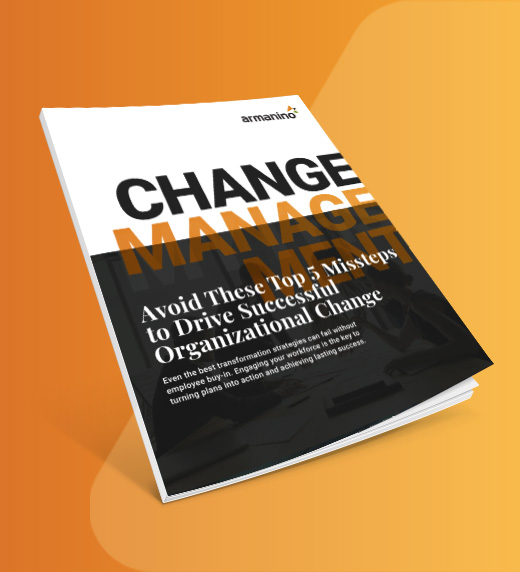
Your responsibilities as a business leader require making operations smoother, faster and more cost-efficient. And you must do so with fewer resources in a world where VUCA (volatility, uncertainty, complexity and ambiguity) challenges such as tariff fluctuations are the norm.
If you’re looking for ways to improve operational efficiency and competitiveness, there are some misconceptions you need to watch out for. Beware these three common myths that can derail your innovation and operational improvement initiatives.
Fact: Successfully executing good ideas requires structures and tools to effectively manage innovation and change.
An idea can sound amazing, but how do you ensure it will really work in your organization? For example, consider the idea of automation. Robotic process automation (RPA) and operational efficiency improvements are a prime tool to help companies offset increased input costs from tariffs and improve overall competitiveness. But many organizations take the approach of “let’s just automate everything.”
This great idea — automation — can backfire if you don’t have the right structure to manage the change, including the related processes. Suppose you have a workflow that’s poorly designed. Automating it without correcting the underlying issues could result in mistakes happening faster and more frequently.
Another problem with “automating everything” is that implementation and maintenance costs could easily outweigh the benefits. Have you done an ROI analysis to determine whether the investment in new technology and processes aligns with operational goals?
Then, there’s the human factor. How will you properly train employees on new systems and overcome resistance to change? What about loss of productivity during a transition? How can you mitigate that?
These approaches can help drive optimal outcomes
Regardless of your company’s size, you need structures, tools and methodologies to manage an idea and bring it to fruition. This may include:
The upshot? You want to make sure your idea is efficient, cost-effective, scalable and has your team’s support. That’s how you can turn a good idea into a great outcome.
Fact: Although instincts can play a role, data should drive decisions.
Operating by gut feel is something a lot of organizations do. But more sophisticated (and more successful) companies look at analytics, measure their business performance and make decisions based on facts and objectivity.
Emotions can cloud judgement, especially if they’re rooted in anger or fear. Feelings can also introduce bias or prejudice and lead to misunderstanding, short-term thinking, stunted creativity and poor risk assessment – all which can result in costly mistakes or poor business outcomes. On the other hand, a Forrester Consulting study found that data-centric businesses are 58% more likely to exceed revenue goals.
That’s not to say you can’t marry the intangible gut instincts of experienced professionals who’ve “been there, done that” with data. Doing so can help your intuition scale, making decision-making a team capability that's not locked into one person.
Basing decisions on data helps you navigate economic uncertainty. Consider a business with production in both Canada and the United States that’s trying to optimize operations and manage tariff uncertainty. They may want to produce more in the U.S., but doing so is more expensive. How can they drive costs down? Would it make sense to reshore production? Or is it better to maintain Canadian manufacturing because net costs will still be lower and can be passed onto customers?
Data and analytics can help the company make the best, most cost-effective decision by analyzing where products and raw materials are sourced, identifying impacts on certain products and trade routes and exploring strategies like reshoring or nearshoring. Business leaders can use scenario planning, developing multiple scenarios based on different tariff outcomes and geopolitical developments to proactively plan and identify potential risks and opportunities.
Fact: Innovation management requires an integrated approach based on best practices to yield better operational efficiency.
If you look at the mechanics of innovation, there's a purposeful process for driving it. It’s not about just getting lucky in an organic way — having a light bulb go off on an idea, everybody applauds and it takes off.
For example, Amazon uses a “working backwards” innovation process. Starting with the desired customer experience, defined metrics and goals, they work backwards to create the environment and methods necessary to successfully achieve those favored results. Adopting your own structured approach to innovation can help your business streamline processes, foster agility and drive transformation.
What will a framework for innovation look like at your organization? Here are some best practices to help you get started:
In a world defined by VUCA and doing more with less, you have a lot riding on achieving peak operational efficiency. Find out how our operational improvement consultants can help you separate fact from fiction to boost collaboration and productivity, manage costs and enhance quality in your organization.
Explore effective next steps to fast-track your business toward sustainable performance improvements.


